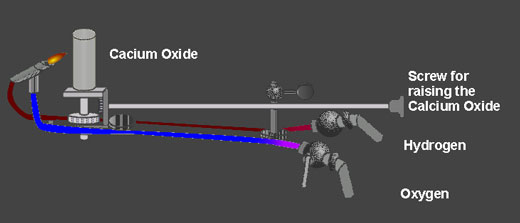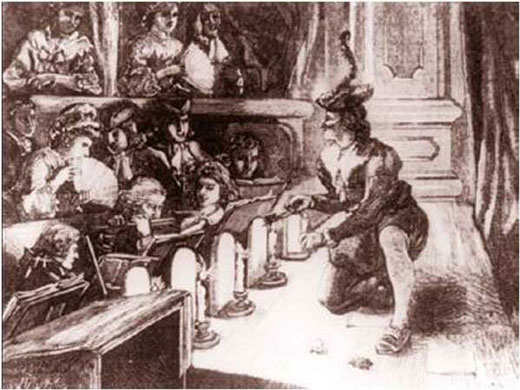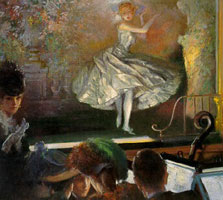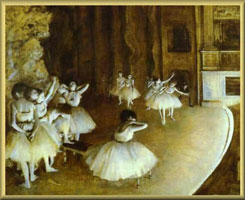
Wikimedia Commons
The expression “in the limelight” originally referred to the most desirable acting area on a stage, the front and center, which was brilliantly illuminated by a special type of theatrical lighting called limelight. Today, the term has entered the common vernacular and its meaning refers to someone in the public spotlight. But limelighting was a significant advancement and transformed theatrical lighting
In the 1820’s the English chemist Sir Goldsworthy Gurney discovered that when calcium oxide, or quicklime, was heated with a flame to a temperature of approximately 4,660 degrees F it started to incandesce or glow brightly -- much more brightly than by just the flame alone. He achieved this high temperature through the development of the oxy-hydrogen blowpipe. Oxygen and hydrogen are passed through separate pipes under pressure and mixed just before being ignited.

The English surveyor Thomas Drummond utilized this technology in the development of his Drummond Lamp that was used for surveying. It was often necessary to locate a prominent geographical point from a long distance through a telescope. The Drummond Light created a bright enough light that could be seen even in bright daylight.

But during the 1830’s the technology started to be applied to theater lighting. No longer did performances have to be illuminated by inefficient candles, oil lamps, or gas lighting.


The most common lime-light luminaire was a rectangular wooden box lined with metal. The back wall of the box was omitted to allow free access by the operator to easily control the oxy-hydrogen blowpipe. In the front there was a large circular hole in the front wall that determined the desired beam spread. Later developments saw the introduction of the focused lime-light that utilized a focusing lens. By manipulating the lens greater flexibility in beam spread could be achieved. A hand-held luminaire was introduced (1877) that gave the operator considerable freedom of movement.
The first use of limelight for a performance was at the Convent Garden Theater in London in 1837. Its use quickly spread across Europe and across the Atlantic to North America. It offered several advantages over earlier flame technologies. First, its light output was approximately 35 times brighter than a conventional gas flame. Second, because of the increased light output special effects became possible. For the first time, a tight spotlight could be developed and focused on individual actors. Realistic special effects such as sunlight or moonlight could also be easily developed. Third, several limelights mounted on the front of the stage balcony could be used for general illumination much more effectively and naturally than footlights.